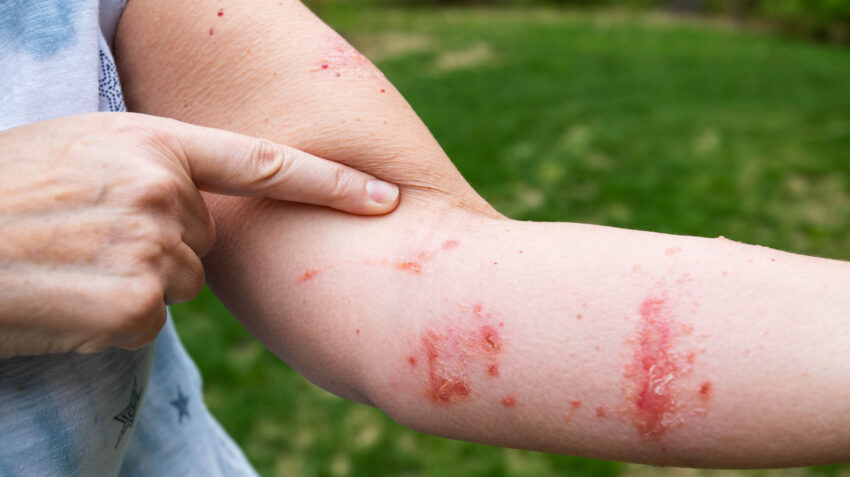Poison ivy is the bane of outdoor enthusiasts, gardeners, and anyone who ventures into wooded areas. Its notorious leaves can cause a maddeningly itchy rash when they come into contact with the skin. Understanding how long does poison ivy last and how to manage the symptoms is crucial for anyone who’s had the misfortune of encountering this troublesome plant.
The Poison Ivy Rash:
The rash caused by poison ivy is an allergic reaction to an oily resin called urushiol, which is found on the leaves, stems, and roots of the plant. When urushiol comes into contact with the skin, it can trigger an itchy, red rash. The severity of the rash and its duration can vary from person to person. Here’s what you need to know:
Duration of Poison Ivy Rash:
The duration of a poison ivy rash depends on several factors, including the individual’s sensitivity to urushiol, the amount of exposure, and the effectiveness of treatment. On average, a typical poison ivy rash can last anywhere from one to three weeks. Here’s a general timeline of what to expect:
Contact and Onset (Hours to Days): The rash usually begins to appear within 12 to 72 hours after coming into contact with poison ivy. In some cases, it may take longer.
Early Symptoms (Days 1-3): The rash starts as redness and swelling, often followed by the development of small, itchy blisters.
Peak Symptoms (Days 4-10): The itching and discomfort typically peak during this period. Blisters may become larger and more widespread.
Resolution (Week 2-3): The rash gradually begins to dry out and heal. New blisters stop forming, and the existing blisters start to crust over.
Complete Healing (Week 3+): In most cases, the rash completely heals within three weeks, although some residual redness and mild itching may persist for a while.
Treatment and Management:
To alleviate the symptoms and speed up the healing process, consider the following treatment and management strategies:
Wash Skin Immediately: If you suspect contact with poison ivy, wash the affected area with soap and cool water within 30 minutes to remove any remaining urushiol.
Over-the-Counter Creams: Calamine lotion, hydrocortisone cream, or antihistamine creams can help reduce itching and inflammation.
Oral Antihistamines: Over-the-counter antihistamines like diphenhydramine (Benadryl) can help relieve itching and improve sleep.
Cool Compresses: Applying a cool, damp cloth to the affected area can provide temporary relief from itching.
Avoid Scratching: As tempting as it may be, scratching the rash can lead to infection and prolong the healing process.
Prescription Medication: In severe cases, a healthcare provider may prescribe oral corticosteroids to reduce inflammation and itching.
When to Seek Medical Attention:
Most cases of poison ivy can be managed at home with over-the-counter treatments. However, there are instances when medical attention is necessary. Seek a healthcare provider’s guidance if:
The rash is on the face, genitals, or covers a large area of the body.
There is pus, increasing pain, swelling, or red streaks, which could indicate an infection.
Over-the-counter treatments are not providing relief.
The rash lasts longer than three weeks.
Preventing Poison Ivy Exposure:
Preventing poison ivy exposure is the best way to avoid the rash altogether. Consider these precautions:
In conclusion, poison ivy rashes can be incredibly uncomfortable, but they are typically not serious and will heal on their own in a few weeks. Understanding the duration of a poison ivy rash and how to manage the symptoms can make the experience more bearable. Prevention is the best strategy, so learning to identify poison ivy and taking precautions when venturing into areas where it grows can help you avoid the rash altogether.


